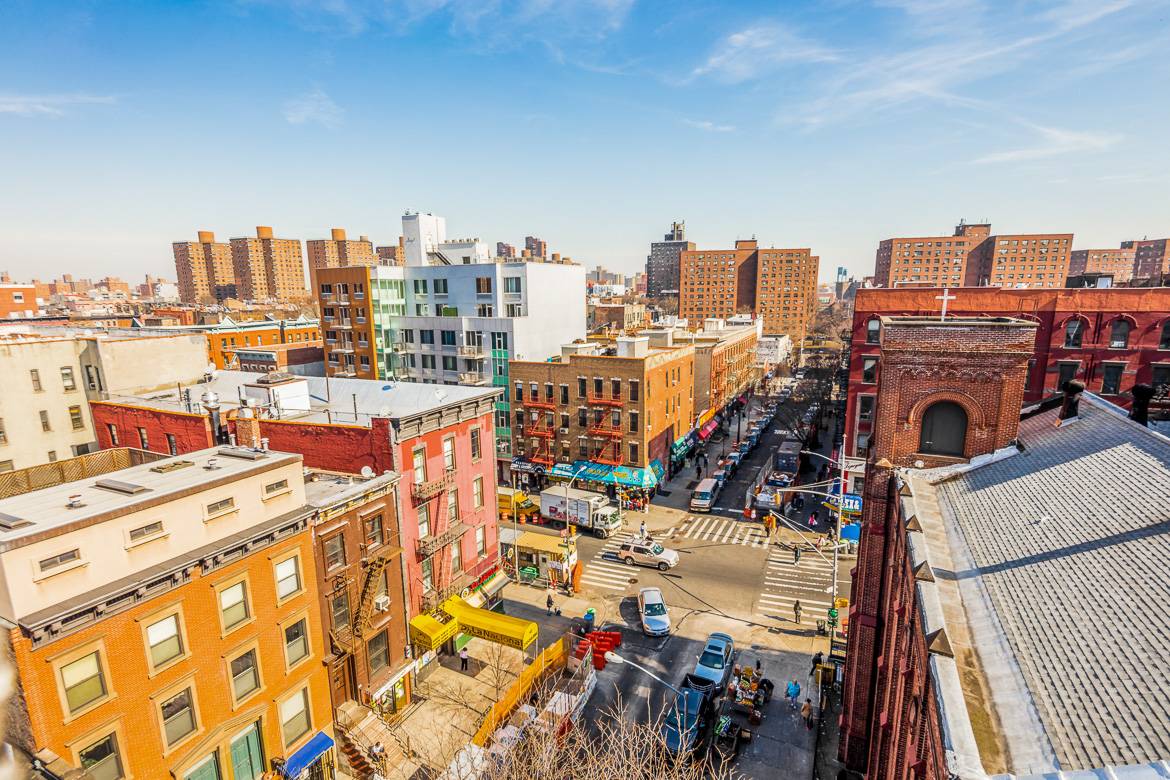The Harlem Renaissance, an epoch of incendiary creativity and cultural vibrancy in the early 20th century, bore witness to a transformative upheaval in the realms of art, literature, and undoubtedly, fashion. For the men of Harlem, sartorial choices were not merely about style; they were a proclamation of identity, resilience, and individuality. Today, we find ourselves at the precipice of a style revolution as we look back upon the resplendent fashions of the Harlem Renaissance and consider how these vintage aesthetics demand a reemergence in contemporary men’s wardrobes.
But why should you care about a fashion movement that flourished almost a century ago? The answer is deceptively simple: the principles of expression that defined the style of that era still resonate profoundly in our current societal context. The Harlem Renaissance’s emphasis on boldness and authenticity serves as an invitation—a clarion call to embrace a more audacious approach to personal style. Let’s embark on a journey through the sartorial landscape of Harlem, uncovering the nuances of men’s fashion during this cultural revival and exploring how you can integrate these elements into your own style.
1. The Fit: Tailoring as a Statement
One of the hallmarks of men’s fashion during the Harlem Renaissance was the meticulous attention to fit. Tailoring transcended mere practicality; it became an emblem of status. Suit jackets were not just any jackets. They were tailored masterpieces, often cinched at the waist to accentuate the male form. This penchant for fit is a rallying challenge: examine your wardrobe. Are your outfits tailored to enhance your silhouette, or are you settling for ill-fitting pretenders?
Mindfully curated pieces such as high-waisted trousers paired with tailored blazers can evoke that classic Harlem stylishness. Principles of fit are timeless; an investment in bespoke clothing or skilled alterations can transform an ensemble from average to awe-inspiring. This renaissance in tailoring invites you to step away from mainstream fast fashion and cultivate a wardrobe that celebrates your individuality.
2. Fabric and Texture: A Tactile Adventure
The fabrics favored by men during this illustrious era were just as pivotal to their identity as the styles themselves. Wool, silk, and tweed were commonplace, but the emphasis was frequently on rich textures and vivid patterns. (“Why does this matter?” you might ask.) The answer lies in the sensory experience of fashion. Fabrics play a critical role in how garments fall and flow, affecting your overall presentation.
Consider incorporating velvets or brocades into your wardrobe. A velvet blazer doesn’t merely add depth; it invites conversation and intrigue. Moreover, experimenting with bold prints or textures—such as plaid or herringbone—can invigorate your existing wardrobe. Daring to embrace materials that reflect your personality can set you apart in an environment where sameness often prevails.
3. Color and Patterns: Drenched in Expressiveness
The vibrant hues that accompanied the sartorial choices of Harlem’s men are yet another facet of the movement that challenges modern conventions. Earthy tones were prevalent, but zestful colors like burnt orange, deep maroon, and verdant green were not an anomaly. The risk associated with color—EVEN in the most mundane settings—is often seen as a foolhardy venture in contemporary fashion, yet it was a proclamation during the Harlem Renaissance. Why let your palette reflect the mundanity of everyday life?
Incorporate lively colors into your regular outfit rotation. A rich cobalt suit with a contrasting tie or pocket square exudes confidence. Even if you prefer neutrals, conjuring an emotional response through the application of color can transform your appearance. Patterns such as pinstripes or checks worked fabulously when layered or juxtaposed, making style statements that defied the odds. Will you take the risk?
4. Accessories: The Finishing Touch of Authority
Accessories were not mere afterthoughts in the Harlem Renaissance; they played a pivotal role in defining a man’s look. From fedoras to pocket squares, the details were everything. These elements conveyed sophistication and flair. A simple hat could elevate an outfit from ordinary to spectacular. Consider this a challenge: how can accessories enhance not only your appearance but also your confidence?
Suspenders, cufflinks, and statement hats all serve as opportunities for personal expression. Elevate everyday attire by pairing an otherwise simplistic outfit with vintage-inspired accessories. A well-placed pin or a bold timepiece can spark conversation and reveal nuanced elements of your personality that words may not accomplish. So, are your accessories speaking volumes, or are they silent companions in your fashion journey?
5. A Return to Individualism: The Choice is Yours
Ultimately, the essence of Harlem Renaissance fashion lies in individualism. Faced with oppression and adversity, men exhibited style as a form of empowerment—an act of defiance against societal norms. The question arises for modern men: are you ready to reclaim your own narrative through fashion? As you explore these historical influences, consider how to infuse your own experiences into contemporary choices.
Fashion is a continuum, punctuated by the cyclical nature of trends and identity. As you embrace the audacity of the Harlem Renaissance, allow its principles to reshape your perspective. Rediscover the joy of dressing not only to conform but rather to assert who you are. After all, the greatest challenge lies in daring to be you. Will you proclaim your individuality through your attire?
In conclusion, the legacy of Harlem Renaissance fashion for men continues to resonate today. From the meticulous fit of tailored garments to the vibrancy of color and texture, the time is ripe for a renaissance within the realms of our own wardrobes. So, take up the challenge—let your style narrative unfold and inspire those around you by embodying a style revolution that honors the past while boldly asserting your presence in the modern world.

